
Projet overview
A web project dedicated to managing the employee outsourcing process for one of the largest HR agencies in Paris. The company’s employees have the ability to perform many processes that were previously carried out manually or with a few outdated tools.
Details
ROLE
UI/UX Designer
DURATION
6 months
TOOLS
Axure, Sketch, Microsoft Suite,
Hotjar, Google Analytics,
Google forms, Slack, Jira, Trello
PLATFORM
WEB
TEAM
1 Designer, 4 Developers, 2 Project Manager
Discover
CHALLANGE
How to help users handle the entire outsourcing management process in an HR agency?
KEY OBJECTIVES
- Research and observation of user behavior, when the employee management process is performed before the application is created
- Support for each type of user: agency employee, target employee and hiring agency
- Designing a intuitive design that meets all business requirements
SOLUTION
Based on the opinions of many years of agency employees, designing a process that would meet all business requirements was crucial.
As there were several types of user, it was necessary to create three separate, but consistent and related backend applications. Each persona had the functionalities needed to handle the tasks needed.
Modern design was not crucial in this project as creating an intuitive process was a priority.
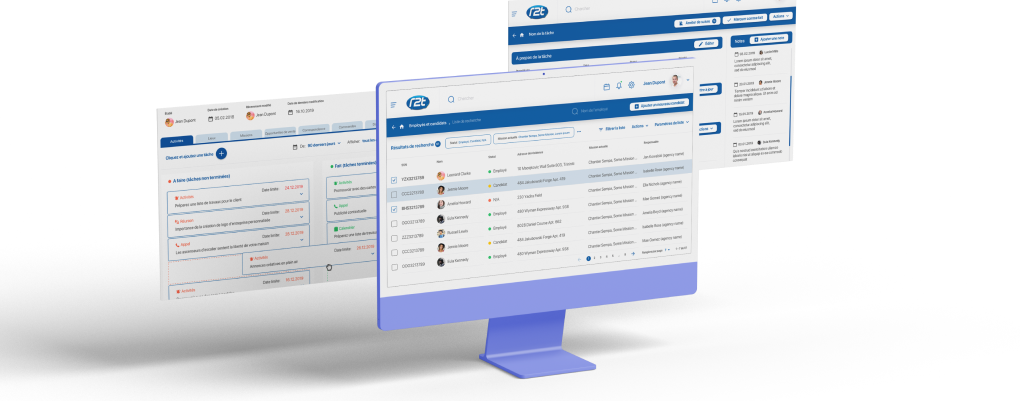
Research
USER INTERVIEW
The main target users were employees of HR agencies, which is why we obtained the most necessary information from them, about which functionalities are the most important and what the process should look like. At each stage of product development, we also received more specific data on the next planned parts of the system.
MARKETPLACE ANALYSIS
The market analysis in this case was not very important as the main guidelines for the process and the user interface were the future users.
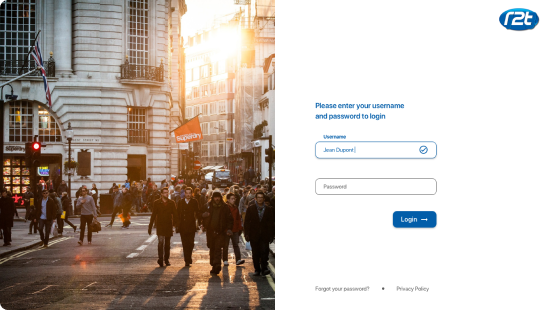
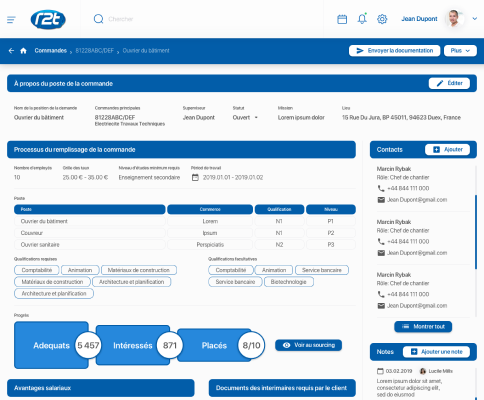
Concept
Creation of a simple and intuitive application that supports many functionalities connected to the employee management process. It was required to design three coherent back-end connected applications for each target group. This was required because each persona needed to be able to perform specific actions, but not be able to handle functions dedicated to a different type of user.
Design
BRAND
The R2T brand was ready before starting the application, so the system had to be at least color-matched to the current image.
DESIGN SYSTEM
The design of the system has been implemented for the system to maintain consistency in every part of the system and any other advertising material or website. It was very helpful for developers who could use ready-made components.
WIREFRAMES
Before each key functionality, interactive mockups were created to make the process analyzed faster by the people involved in testing. Making changes at this stage could have been much smoother than it would have been on the final user interface.
FINAL INTERFACE
Based on the conclusions drawn during process testing and best practices, the final user interface was created based on the design of the system and the observation of the latest trends in design.
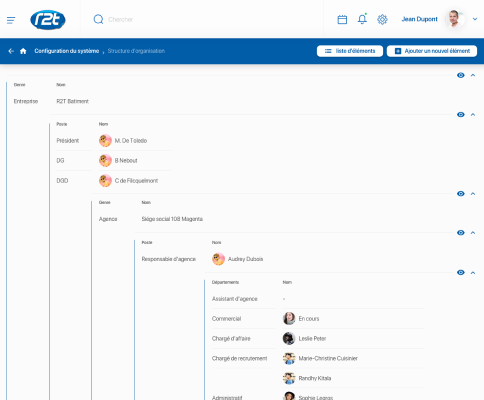
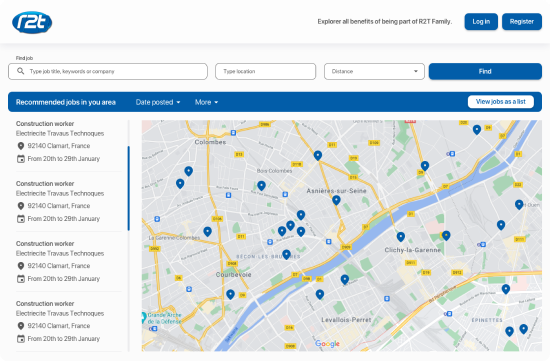
Ustability testing
Such advanced processes were tested on several fronts. One of them was a very in-depth internal discussion with people with many years of experience as sellers and marketers. In addition, research in the form of a survey and interviews was conducted with potential and regular users in order to collect the most valuable feedback. Of course, in addition to that, we analyzed quantitative research, in which we were helped by tools such as HotJar and Google Analytics.
Iterate
Due to the work in the Agile methodology, the delivery of ready-made pieces of the wrapping took place cyclically, which also translated into the speed of delivery of subsequent product functionalities in accordance with previously established priorities and roadmap. The development of a loop that allowed for catching errors at the design stage was crucial to save time for implementing suboptimal solutions.